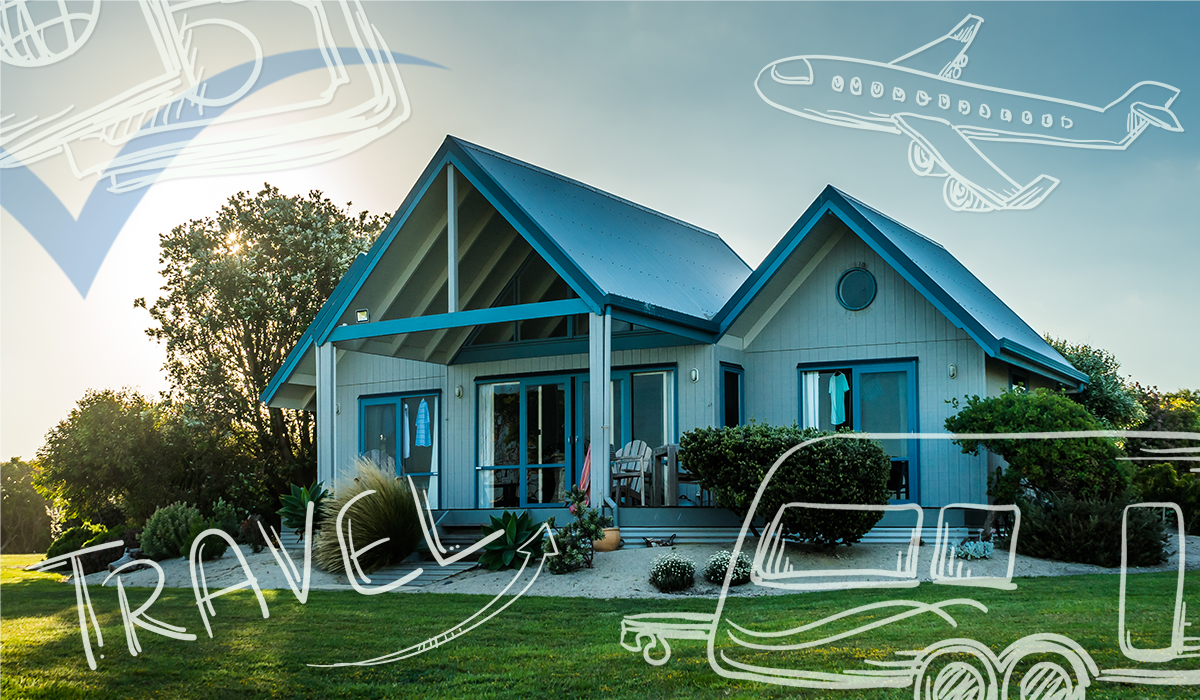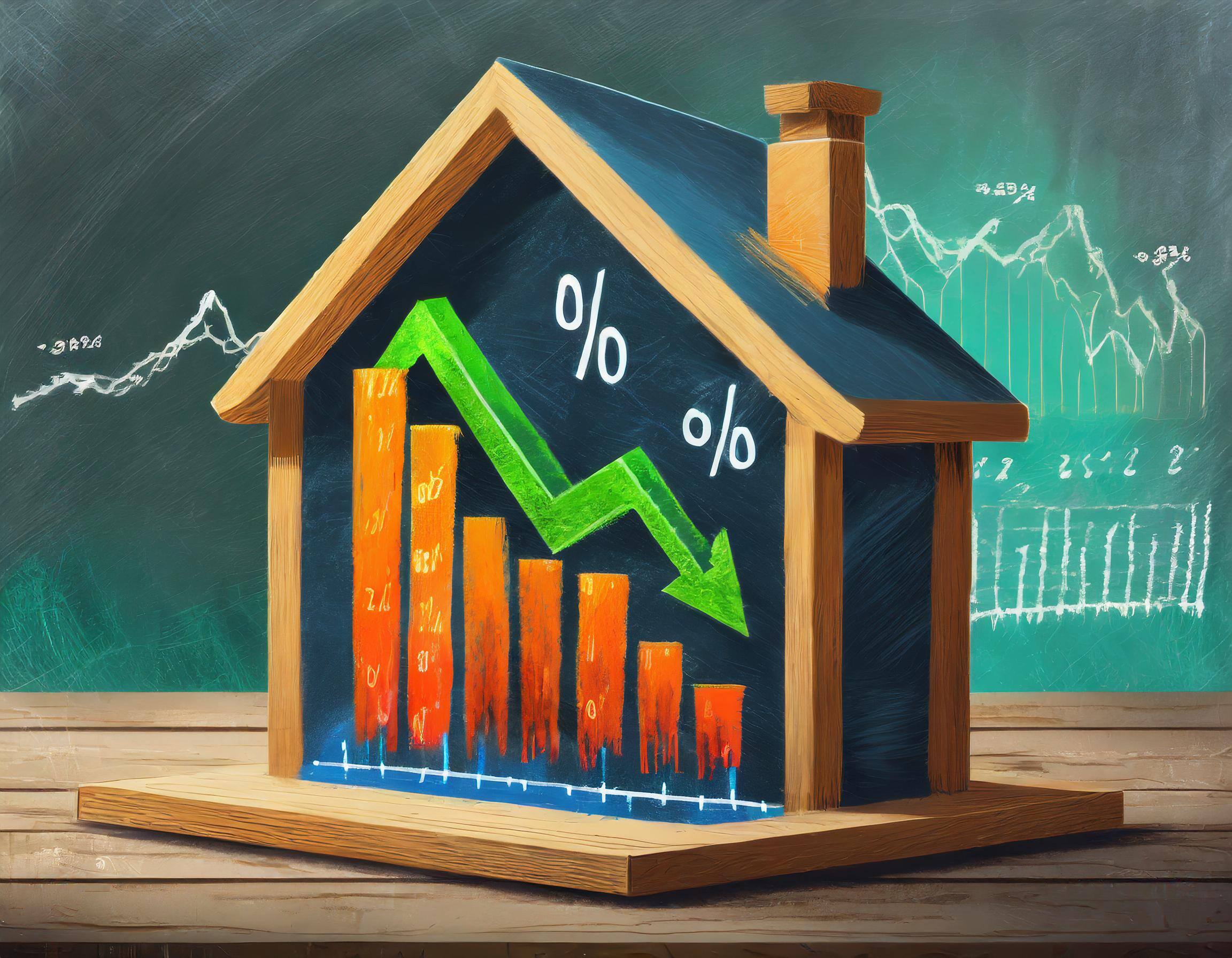Vacation home purchases are on the rise across the country. According to Market Watch, second home sales increased by 46% in the first quarter of 2021 and accounted for 6% of all mortgages during the same period.
What is the main reason behind this trend? It's simple: the ability to work from anywhere during the pandemic. Owning a second home allows you to enjoy a change of scenery and multiple outdoor adventures all year around. It's a a welcome change for a lot of workers, not to mention a great antidote to being stuck at home.
And, with continuing health and safety precautions on just about everyone’s mind, a vacation home feels much safer than a crowded hotel or resort.
Whether you’ve already penciled out your vacation home purchase plans, or this article plants some exciting ideas, there are a few things you should consider. Read on to learn about getting a mortgage for a second home.
But, most importantly, this article is meant to outline the difference between a second home and an investment property.
A MORTGAGE FOR EVERY TYPE OF OCCUPANCY
Usually, when we talk about different types of mortgages, we’re referring to fixed-rate loans, adjustable-rate mortgages, FHA, and even VA loans. But right now - we want to talk about another difference in mortgages: occupancy types.
Please don’t be confused; we’re not trying to use complex mortgage speak here. Occupancy type means just what it sounds like: who will occupy the property the mortgage is intended for? There are three types of occupancy:
- Primary Home: when the buyer will live in the property they’re purchasing as their principal residence. (also called Owner Occupied)
- Second Home: also known as a vacation home.
- Investment Property: in this article, we’re referring to residential investment property, which is any property not occupied by the owner. These properties are rented or leased for income to the owner.
Lenders see different levels of risk associated with each of these types of occupancy loans. Specifically, the risk that the loan borrower will stop making their payments as they originally agreed. The least risk is found with primary homes - owner-occupied.
From many decades of data, lenders know people will go the extra mile to continue paying the mortgage on their own home even when going through financial hardship or setbacks. But that’s not as common for second homes. And it’s even more uncommon for loans on investment properties.
The good news is there are loans available for second homes and investment properties, despite the increased risk to lenders. These loans are more expensive (higher interest rates) and more challenging to qualify for than buying a primary residence.
Take a look at the qualifying guidelines for each type of home occupancy.
QUALIFYING GUIDELINES FROM FANNIE MAE
We’re going to focus on the difference between Second Home and Investment Property qualifying guidelines in the following table:
|
Occupancy |
Credit Score |
Down Payment |
Debt-to-Income |
|
Second Home 1 Unit |
680 640-679 |
10% 25% |
45% |
|
Investment 1 Unit 2-4 Units |
640 640 |
15% 25% |
45% 45% |
** If you own/financed 7-10 properties, a minimum credit score of 720 is required.
Based on these guidelines, lenders will look at compensating factors when evaluating a borrower’s eligibility. For instance, a lower credit score might be offset by a larger down payment, a low debt-to-income ratio, or a combination of both. Before assuming your financial situation falls outside the guidelines, talk to your Point Equity loan officer.
Guidelines differences are even more extensive for second home mortgages. They’re only available for one-unit properties located at least 50 miles away from your primary residence. Lenders will also expect to see that the prospective vacation home is in an area conducive to a vacation.
You’ll also need to have at least two months of your principal, interest, property taxes, and insurance for both your primary residence and your second Home in reserve. That means you will have that combined amount remaining after paying the down payment and all closing costs. That amount can go all the way to 12 months in some cases.
The other difference between second home mortgages and investment property mortgages is the interest rates. Rates for second homes are slightly higher than rates for primary residences. And investment property rates can run ½% higher than for owner-occupied homes.
While the higher interest rate is designed to offset risk, some guidelines for second homes exist to guard against a common form of mortgage fraud, known as Occupancy Fraud.
WHO LIVES HERE?
When you crunch the numbers for a prospective mortgage payment, the difference in the occupancy-based interest rates gets very real. And the hardest one to swallow? The investment property mortgage payment.
Suddenly, you start thinking of ways to comply with the mortgage guidelines while offsetting the cost of the mortgage - which is a very slippery slope to balance on. We’ve outlined above why the underwriting guidelines are different for second homes and investment properties: risk level.
Does it matter if you rent out your vacation home once in a while? Well, according to Fannie Mae and Freddie Mac, the answer is Yes. And No.
Pre-pandemic, short-term rental companies like Airbnb already provided an easy way for second homeowners to lower the ongoing cost of owning a vacation property. The problem was that any short-term rental income directly violated Fannie Mae and Freddie Mac loan guidelines.
But, Fannie and Freddie changed their guidelines on short-term rental income in 2019. Now, they allow some short-term rental income, but no more than 180 days/year. To qualify as a second home, the owner must keep it for their primary use versus renting it out.
It’s easy to think you’re in mortgage compliance when you do everything correctly filing your taxes. The IRS has its own rules regarding renting a vacation home that has nothing to do with mortgage guidelines. Take the time to speak with your Point Equity loan officer and a tax professional before purchasing a second home.
THE CONSEQUENCES OF MORTGAGE FRAUD
Not surprisingly, Fannie Mae and Freddie Mac take mortgage fraud very seriously - including occupancy fraud, the third most common mortgage fraud. And, they actively review loans after they’ve closed to screen for fraud of any kind.
They also require borrowers to indicate what type of occupancy loan they’re requesting right on the loan application (owner-occupied, second home, or investment.) Borrowers also sign an Occupancy Affidavit with the rest of their closing documents. And random screenings via post-closing phone calls and in-person visits are standard for fraud screening.
If any incidence of mortgage fraud is uncovered, it’s handed over to the FBI. And the outcome of that is a far cry from enjoying a great vacation home with your family while offsetting your cost via short-term rental income.
Our best advice? If you’re buying a property for the benefits that come from a real estate investment - use the correct type of mortgage. And buy a second home in your favorite vacation spot if you can afford to without relying on any rental income to offset the cost.








